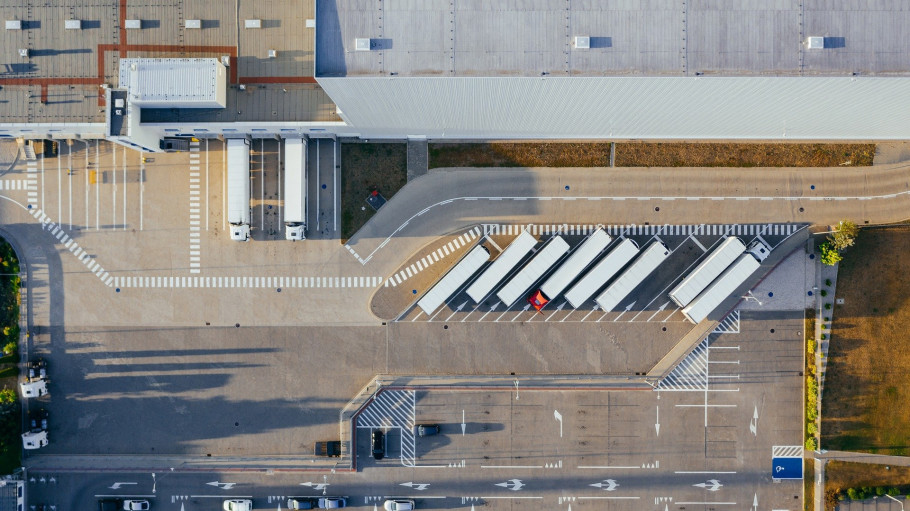
Publications » Position papers » EUROFER request for a continuation of the EU steel safeguard regime after three years of application
EUROFER request for a continuation of the EU steel safeguard regime after three years of application
Downloads and links
Recent updates

If the EU Steel Safeguard measures end in June 2021, the EU steel industry will again be fully exposed to high volumes of cheap deflected steel imports – particularly for as long as the United States Section 232 measures continue.
In short, the US Section 232 measure is a trigger, but the broader problem is persistent global overcapacity and proliferation of steel trade actions worldwide and has worsened because of the Covid-19 crisis.
The EU steel market, with its zero import tariff, is by far the biggest import market in the world (40 million tonnes of imports in 2019 followed by the U.S. with 27 million tonnes).

Download this publication or visit associated links
Brussels, 02 December 2025 – Unchanged negative conditions – U.S. tariffs and trade disruptions, economic and geopolitical tensions, protracted weak demand and still high energy prices – continue to weigh on the European steel market. EUROFER’s latest Economic and Steel Market Outlook confirms for 2025 another recession in both apparent steel consumption (-0.2%, unchanged) and steel-using sectors (-0.5%, revised from -0.7%). A potential recovery is expected only in 2026 for the Steel Weighted Industrial Production index (SWIP) (+1.8%, stable) and for apparent steel consumption (+3%, slightly revised from +3.1%) – although consumption volumes would still remain well below pre-pandemic levels. Steel imports retained historically high shares (27%), while exports plummeted (-9%) in the first eight months of 2025.
Fourth quarter 2025 report. Data up to, and including, second quarter 2025
Brussels, 27 November 2025 - The European ceramic, aluminium, ferro-alloys and steel industries express their deep concern about the potential impact of the EU-India FTA on strategic European industries if a sector-specific approach is not adopted and our sectors’ challenges are not duly considered.